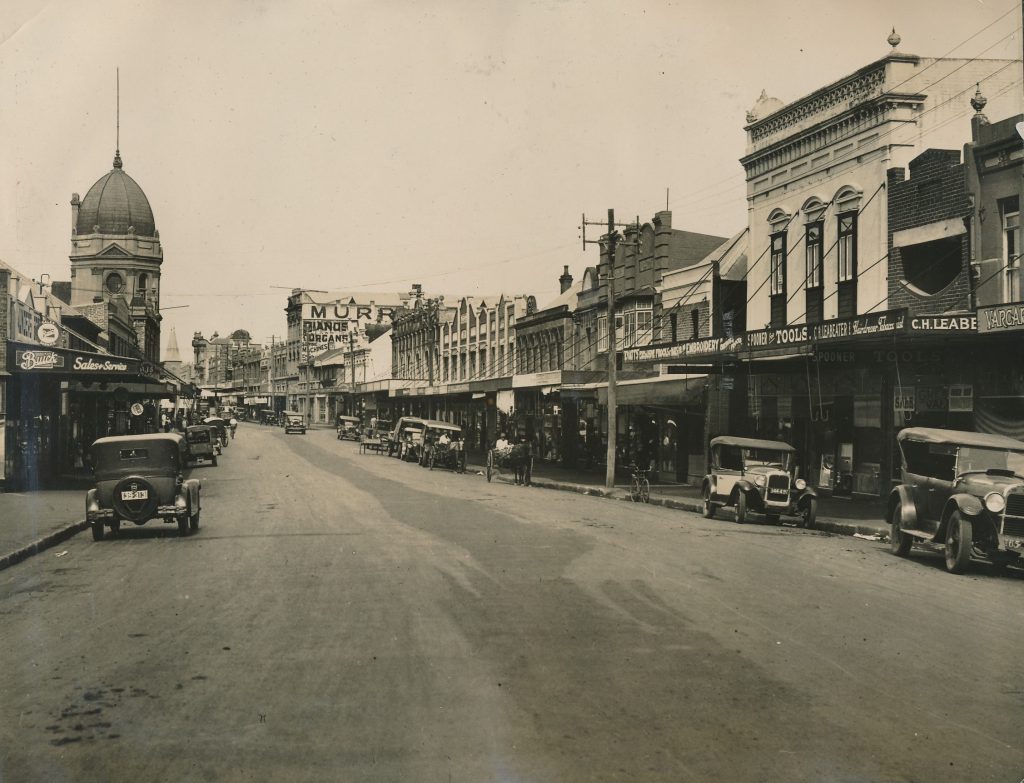DI BARTOK
IN its 160 years as a local government area, Parramatta certainly has grown up – all the way to the sky.
Four days after a ceremony commemorating the declaration of Parramatta as a municipality, Sydney’s burgeoning second city welcomed Premier Dominic Perrottet to the “topping out” ceremony of the 225 metre 55 storey high 8 Parramatta Square, which, with adjoining 4 and 6 Parramatta Square, will house 9500 NSW Government workers.
With dizzying views to the Sydney CBD and the Blue Mountains, 8 Parramatta Square is the tallest building in the West and is the jewel in the $3.2B Parramatta Square development.
The new building, along with towers 3, 4 and 6 are Walker Corporation developments. A total of 40,000 workers will fill out Parramatta Square by mid-2022.
Four days earlier, on a windy Saturday, nine lord mayors – past and present – joined NSW Governor Margaret Beazley to commemorate municipal government in Parramatta.
Sitting proudly among the invited throng was Alan Hyam, 88, who served as Parramatta’s first lord mayor in 1988, when Parramatta became only the third non-capital Australian city to have a lord mayor.
Mr Hyam was also mayor in 1974-78. The Queen declared Parramatta as a lord mayoral city in 1988 as a bicentennial gift.
Before that Newcastle and Wollongong were the only non-capital Australian cities with lord mayors.
Since then, there have been many lord mayors, both Labor, Liberal and Independents, with Paul Garrard – first Labor then Independent – serving the most terms.
On Saturday, sitting with Mr Hyam and Mr Garrard were previous lord mayors Tony Issa, Julia Finn, Paul Barber, John Chedid, Scott Lloyd and Bob Dwyer.
Present Lord Mayor Steven Issa, elected to serve less than three months before the December 4 local government elections, quipped that he would not go down in history as Parramatta shortest-serving mayor.
The honour belonged to Parramatta’s first mayor John Williams, who resigned as mayor on February 2, 1862, only a month after being elected.
Mayoral elections haven’t changed
One thing has not changed since Parramatta was proclaimed a city in 1861, with its first mayor elected a year later – and that is the mayoral election.
Mayors and lord mayors have always been elected by councillors, currently for a two-year term.
About 35 other NSW councils have mayors elected by citizens.
Bob Dwyer, in his last days in the chair, had unsuccessfully tried to have a referendum on the issue at the upcoming election, but was defeated by other councillors, who instead opted for community consultation, to take place in the next term of council.
At Saturday’s event, Lord Mayor Issa said he was excited about the future of Parramatta.
“We have a once in a generation, or in my case once in two generations (referring to his former lord mayor father) opportunity to transform our city,” Cr Issa said.
Certainly, with shiny glass buildings soaring up to the clouds, today’s Parramatta would be unrecognisable to its forefathers.
But first mayor John Williams, proprietor of the iconic Woolpack Hotel, would be pleased that among the rising vertical modern Parramatta, his pub remains in its place, having retained its historical charm.
Governor Beazley noted that Parramatta, from its days as a meeting place for the Burramattagal people to today’s burgeoning city, remained a place connected to community.
“How brightly you shine,” she said.
Ms Beazley and Lord Mayor Issa unveiled the commemorative plaque that will be placed in the administrative and cultural building 5 Parramatta Square, to be known as Phive (Parramatta Hive) when it is completed mid-next year.
Image: Parramatta in sleepier days.





